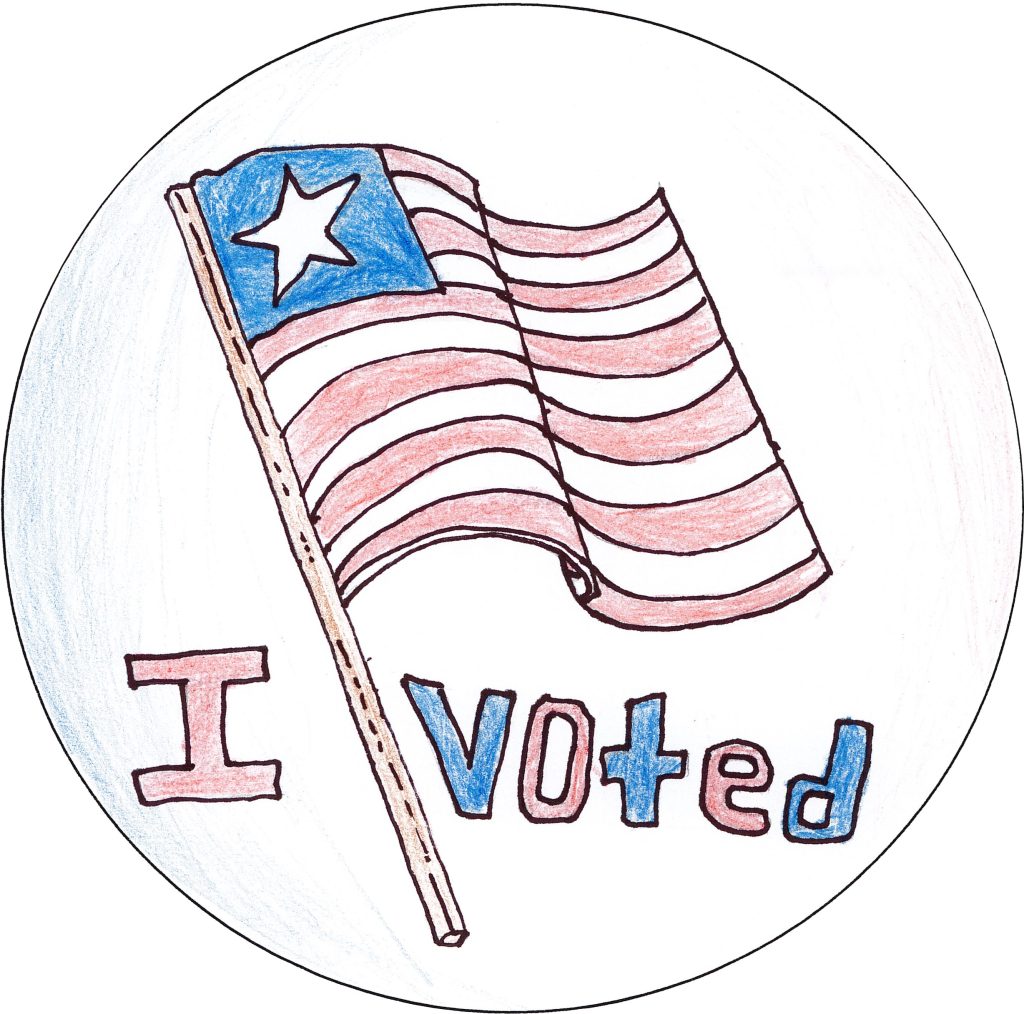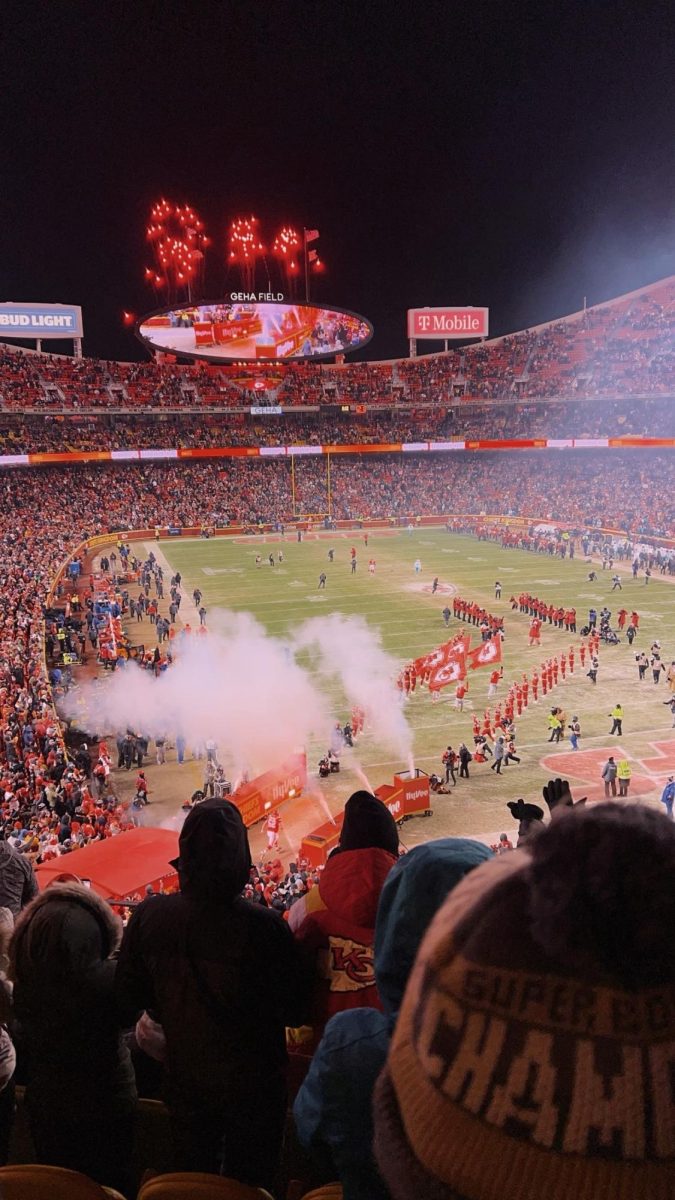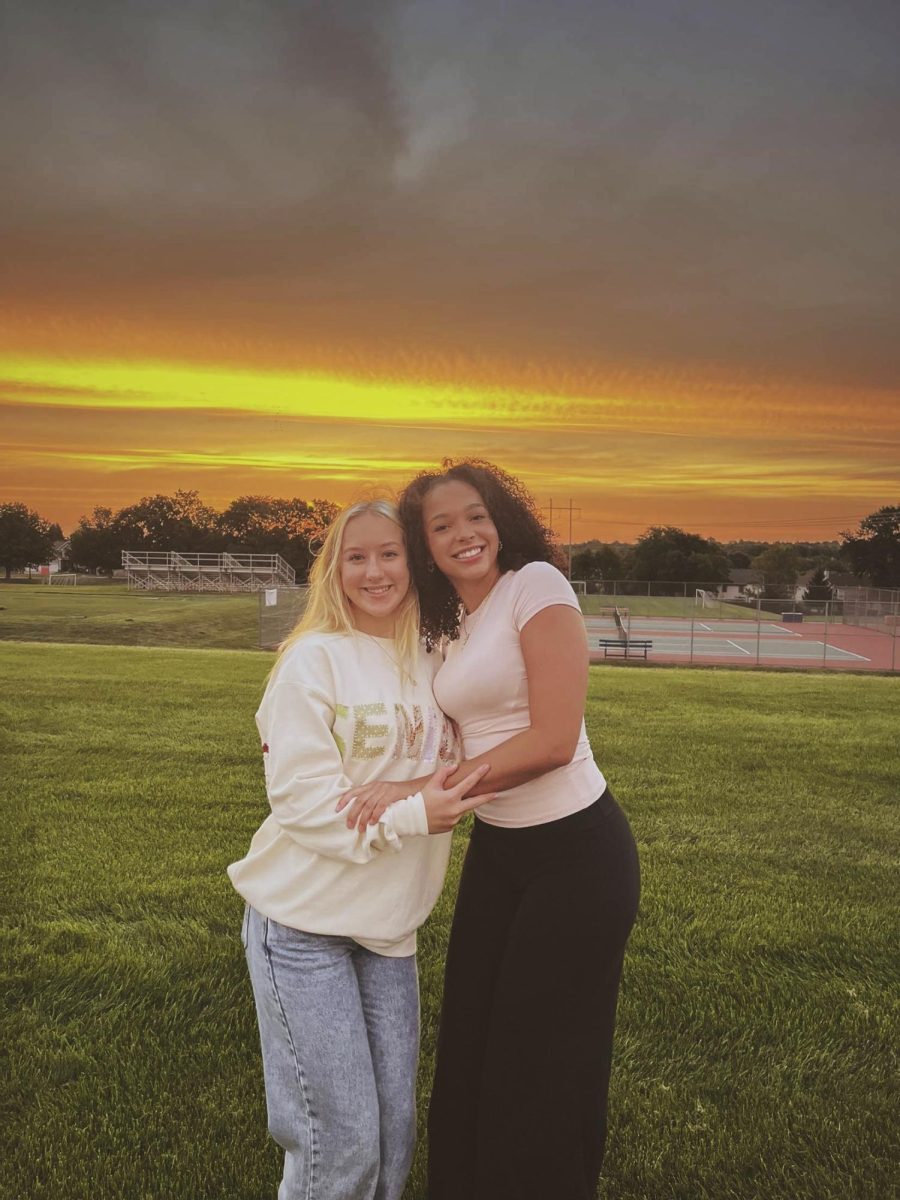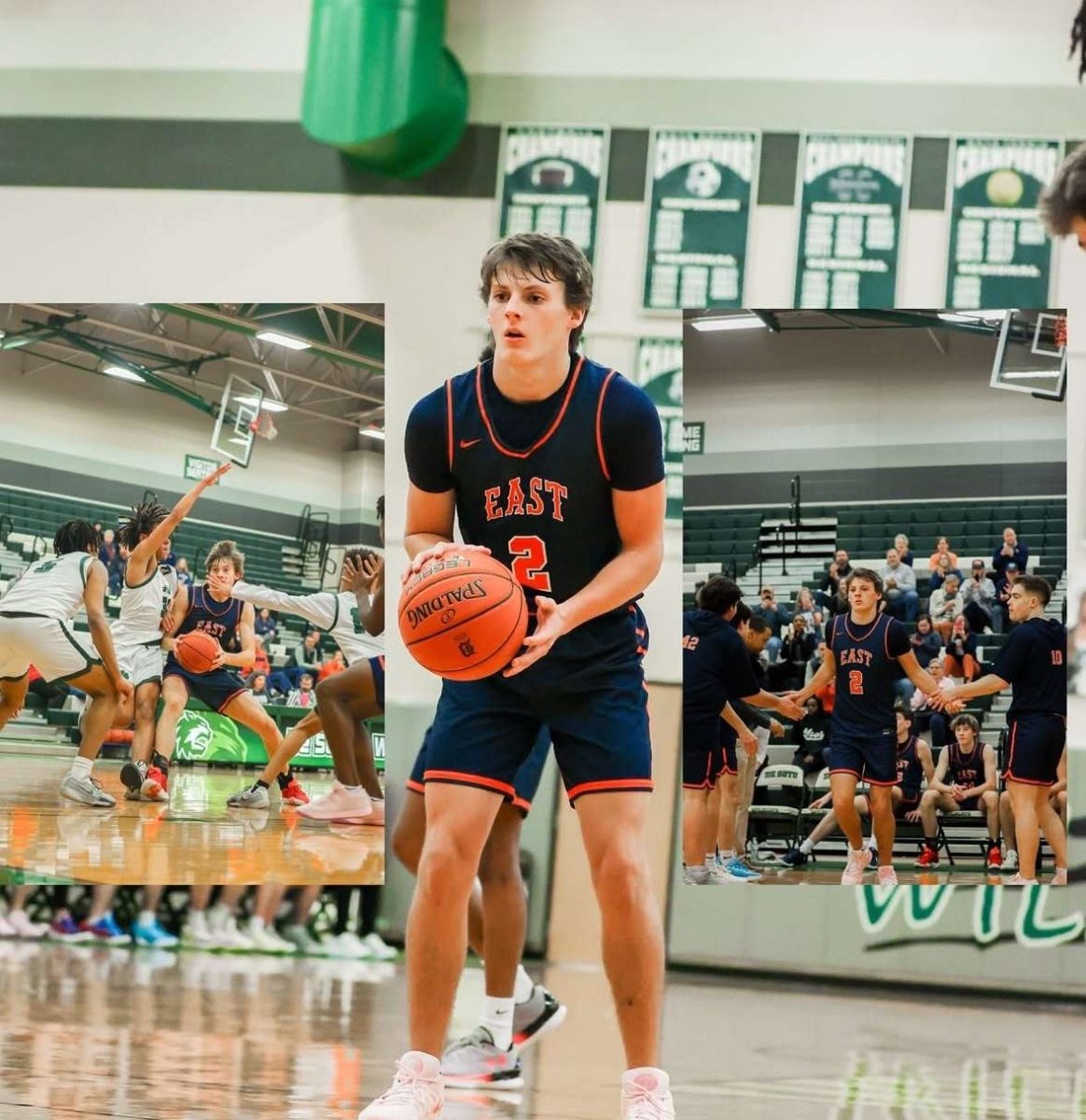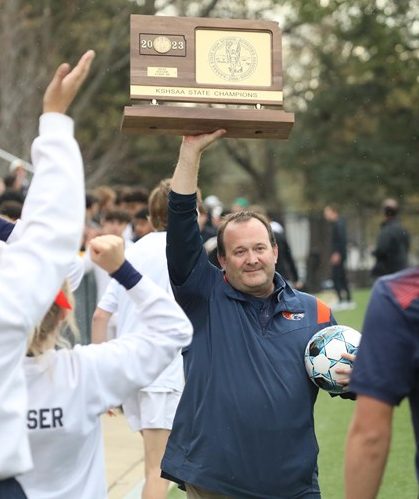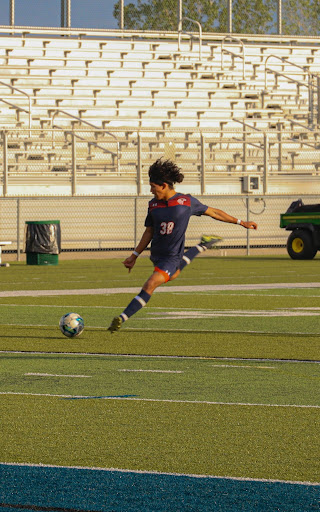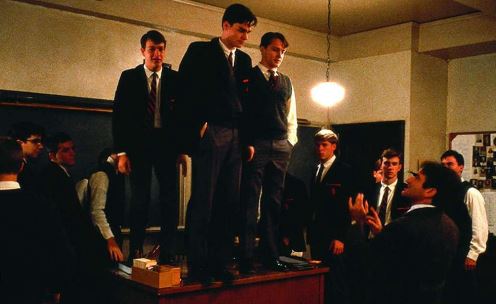From Vein To Vein
January 9, 2017
Two seconds of pain in one’s non-dominant arm could go on to save the life of another person. Concern fills students dealing with blood donations, despite the massive impact of only ten minutes of discomfort.
In an effort to persuade students to participate in the next Olathe East blood drive or donate at a Community Blood Center location, Chelsea Tibbetts and Pat Parton from the blood center uncover exactly what happens before, after and during the donation.
When Should I Donate:
In the winter and around the holidays the blood center sees its lowest levels of donations.
“People have a lot of stuff to do around the holidays and often neglect to take time to come in and donate. While this time is unbelievably busy, blood is still needed,” Pat Parton Director of Production and Distribution at the Community Blood Center said. Therefore, if possible, squeeze in some time to donate this holiday season and give the gift of life.
How Do I Prepare for My Donation?
The process of donating blood does not simply begin and end the day of donation.
“Be prepared at least a week before the drive,” said Chelsea Tibbetts, Assistant Director of Donor Distribution at the Community Blood Center.
To be prepared, students must drink lots of water, eat well and get good rest. This may be difficult for a typical teenager because of packed schedules and little-to-no down time, but experts stress the essential need to take care of your body to ensure a successful donation process. After donating still be sure to drink water and eat well as your body needs time to fully recover.
After a Donation:
After the donation, blood remains at the shelter and ready to be sent out within the next two days. The blood center collects blood regularly in case of a natural disaster on uncommon need of blood.
“It’s the blood on the shelf that always saves lives,” Parton said.
How Can I Help the Success of my School’s Blood Drive:
Specific to high school blood drives, advertising among and by students has proven the most important.
“‘The bandwagon approach’ proves to be extremely successful when dealing with high school drives,” Tibbetts said.
To help raise the amount of collection students need simply to talk to their friends about donating. The more friends you can convince to donate the more lives you can save. Another tool used is social media.
“Social media helps put a face and reason behind the donation,” Tibbetts said.
When students see their peers talking about the blood drive online, they become more inclined to give.
How Can I See the Impact of my Donation:
On a routine basis, donors do not get to meet the recipients of their blood simply due to patient confidentiality.
“Occasionally, hospitals will reach out to patients who might be willing to meet their donors,” Parton said.
In that case, the blood center will contact donors and schedule a meeting. In other cases, the blood center will send blood to the military. When that happens, donors will be informed on the end location of their donation.
Commonly Asked Questions:
What if I’m afraid of needles?
No one likes needles but one small prick could go on to save a life. When donating, don’t look at the needle. Donations usually take about 10 minutes and only hurts at the initial prick. After that the only feeling should be a mild discomfort.
Who can’t donate?
- Anyone who has traveled to a country with a risk of malaria will be temporarily unable to donate for 12 months
- If you are anemic
How can I keep myself from passing out?
The number one way to prevent fainting during donations is to simply drink water. Drink lots of water the day of and the day before you donate. Make sure to eat a good breakfast, lunch, or dinner depending on the time of your donation.
How do I know my blood type?
After your donation, the Community Blood Center will send you a letter with all your vital statistics including your blood type.
Kylie Graham // Staff Writer

